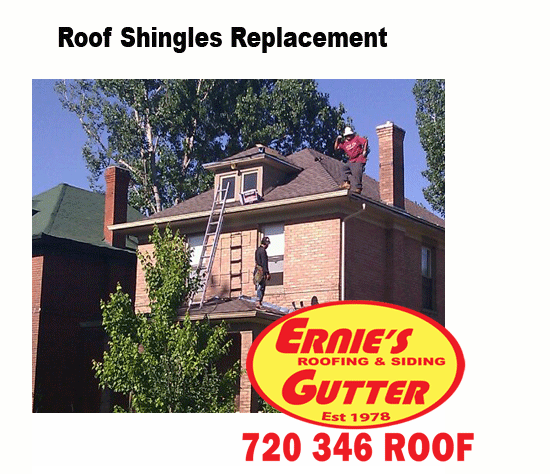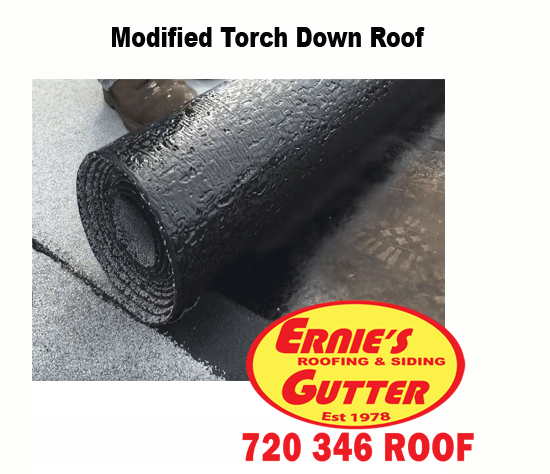Roof Shingles Replacement:
Insights from Denver’s Ernie’s Roofing Legacy
Unlock the secrets to successful roof shingles replacement with Denver’s own Ernie’s Roofing. Since 1978, we’ve been your trusted licensed roofer, guiding you through insurance claims, choosing seamless gutters, and more. Dive into our expert tips and examples!
Hey there, friends!
You’re probably here because the thought of replacing your roof shingles has been nagging at you, right? Maybe you’ve noticed some wear and tear, or perhaps a recent storm left your roof looking a bit battered. Whatever the reason, you’ve come to the right place.
Let me tell you, roofing is more than just a job for us at Ernie’s Roofing; it’s been our family’s calling Since 1978. Nestled in the heart of Denver, we’ve weathered countless storms and seen roofing trends come and go. But one thing remains unchanged – the need for a solid, reliable roof over your head.
Understanding Roof Shingles
So, let’s start with the basics – roof shingles. Think of shingles as the armor your home wears to battle against Mother Nature. From the scorching summer sun to the brutal winter snow, your roof shingles are your first line of defense. And just like any armor, its effectiveness comes down to the quality of the material and the skill of the craftsman who installs it.
There are a few types of shingles you might consider: asphalt (the most common), wood, solar, and even metal. Each has its pros and cons, but for most folks, asphalt shingles hit that sweet spot of durability, cost-effectiveness, and aesthetic appeal.
Selecting the Right Materials
Now, onto the materials. When it comes to shingles, not all are created equal. Brands like Owens Corning and CertainTeed have been leading the pack with their top-notch shingles. What sets them apart? It’s their commitment to quality, innovation, and providing a broad spectrum of options to fit every homeowner’s needs and preferences.
Choosing the right shingles is like picking the right car. You want something that’s reliable, looks good, and fits your budget. And just like cars, shingles come with warranties. These warranties are your safety net, ensuring that you’re covered should anything go awry.
The Replacement Process
Now, let’s talk about the nitty-gritty – the replacement process. It all starts with a thorough inspection. This is where we get up close and personal with your roof, assessing the damage and figuring out exactly what needs to be done.
Next up is choosing the right contractor. This step is crucial. You want someone licensed, experienced, and, above all, trustworthy. After all, your roof is a major investment, and you want to ensure it’s in good hands.
The installation process is where the magic happens. A skilled team will strip down the old shingles, make any necessary repairs to the underlying structure, and then lay down the new shingles with precision and care.
Navigating Insurance Claims
Dealing with insurance claims can be a headache, but it’s often a necessary part of the roof replacement process. If your roof was damaged due to weather or other covered incidents, your insurance might cover part or all of the replacement cost. The key here is documentation and patience. Take photos, keep records of all communications, and don’t be afraid to advocate for yourself.
FAQs
1. How do I know if I need a full roof replacement or just repairs? It depends on the extent of the damage. Minor issues like a few missing shingles can usually be repaired. But if you’re noticing widespread damage, leaks, or if your roof is past its expected lifespan, a full replacement might be in order.
2. How long does a typical roof replacement take? For an average-sized home, roof replacement can take a few days to a week, weather permitting. The timeline can vary based on the size of your roof, the materials used, and the complexity of the job.
3. What’s the average cost of a roof replacement? Costs can vary widely based on the size of your roof, the type of shingles you choose, and other factors. As a ballpark figure, you might expect to spend anywhere from $5,000 to $10,000, but it’s best to get a detailed estimate from a professional.
4. Are solar shingles worth the investment? Solar shingles can be a great investment, especially if you’re interested in reducing your energy bills and your carbon footprint. They’re more expensive upfront, but the long-term savings and environmental benefits can be significant.
5. How can I make my roof more energy-efficient? Apart from solar shingles, choosing the right materials and colors can impact your roof’s energy efficiency. Light-colored shingles can reflect sunlight and help keep your home cooler in the summer, for example.
In the spirit of keeping things conversational, I hope this gives you a good starting point and answers some of your burning questions. Remember, replacing your roof is a big decision, but with the right information and a trusted partner by your side, it can be a smooth and rewarding process.
Until next time, take care and keep your roof over your head in tip-top shape!





